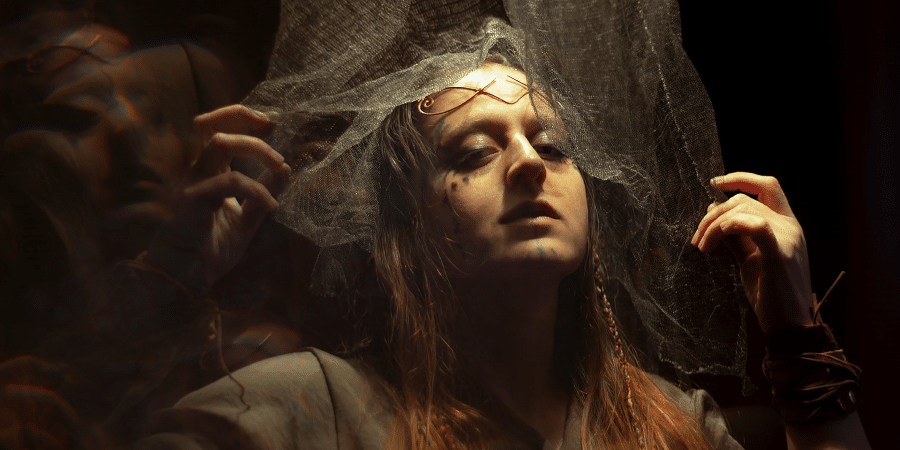The Indie Shuffle: Why Indie Films Are Stealing the Spotlight
Remember the days of summer movie season being a predictable parade of sequels and superhero smackdowns? Yeah, those days are feeling a little stale. These days, moviegoers are craving something more, something with a bit more substance than just another CGI explosion. Enter indie cinema, the scrappy underdog of the film world. Independent films, with their shoestring budgets and fiercely independent visions, are stealing the spotlight and finding a passionate audience hungry for something fresh.
So, what’s the secret sauce behind this indie upswing? Well, for starters, audiences are looking for stories that resonate with them on a deeper level. Big-budget Hollywood flicks can be fun, but let’s be honest, they can also feel formulaic and forgettable. Indie films, on the other hand, are all about raw emotion and authentic storytelling. They tackle real-life issues, explore diverse characters, and take viewers on journeys that stay with them long after the credits roll.
“People are responding to films that feel real,” explained a recent article in IndieWire magazine. “Indie films dare to be different, to challenge audiences, and to tell stories that Hollywood wouldn’t dare touch.” This willingness to push boundaries and explore uncharted territory is a major reason why indie cinema is striking a chord with modern audiences.
But it’s not just about the stories themselves. Indie films are also proving that you don’t need a mountain of cash to make a great movie. In fact, the limitations of smaller budgets can often be a creative advantage. Indie filmmakers have to be resourceful and rely on strong scripts, compelling performances, and innovative filmmaking techniques to capture the audience’s imagination. “Without a huge budget, you have to focus on what truly matters: the story and the characters,” remarked an award-winning indie director in a recent interview.
“And let me tell you, that focus can result in some incredibly powerful films.” This emphasis on storytelling over spectacle is another reason why indie cinema is finding favor with moviegoers who are tired of the Hollywood formula.
A Hunger for Authenticity: Beyond the Superhero Spectacle
Let’s face it, audiences are craving something different. While big-budget blockbusters can be entertaining, they can also feel formulaic and predictable. Indie films, on the other hand, offer a breath of fresh air. They tackle diverse themes, explore unique narratives, and often showcase a level of authenticity missing from mainstream cinema.
“People are looking for stories that resonate with them on a deeper level,” stated a recent article in IndieWire magazine. “Indie films often focus on human experiences, social issues, and real-life struggles, offering a more relatable viewing experience.” This shift in audience preference is driving the success of independent films. Viewers are seeking stories that challenge their perspectives, make them think, and leave a lasting impression.
Beyond the Budget: The Power of Storytelling
Independent films typically have smaller budgets compared to their mainstream counterparts. This might seem like a disadvantage, but it can actually be a strength. Indie filmmakers are forced to be more resourceful and creative in their storytelling. They rely on strong scripts, compelling performances, and innovative filmmaking techniques to captivate audiences.
“The lack of a huge budget can actually be liberating,” commented an award-winning indie director in a recent interview. “It allows us to focus on the story and the characters, without being bogged down by special effects or big-name actors.” This focus on storytelling often results in more impactful and emotionally resonant films.
The Rise of Streaming Services: A Boon for Indie Films
The rise of streaming services like Netflix, Hulu, and Amazon Prime has been a game-changer for independent cinema. These platforms offer a global audience for indie films, bypassing the traditional gatekeepers of Hollywood studios. Streaming services are also more willing to take risks on unconventional stories and emerging filmmakers.
“Streaming services have democratized the film industry,” declared a recent blog post on the future of independent film. “They provide a platform for diverse voices and unique stories to reach a wider audience.” This access to a global audience allows indie films to compete with mainstream blockbusters, fostering a more diverse and exciting film landscape.
The Future of Film: A Blend of Big and Small
The rise of indie cinema doesn’t necessarily spell the end of mainstream Hollywood. Instead, we might see a future where big-budget blockbusters coexist with critically acclaimed independent films. The key for studios will be to find a balance, offering audiences a variety of films to choose from.
“There’s room for both big and small films in the industry,” stated a recent industry report on the future of cinema. “The success of indie films shows that audiences are hungry for originality and storytelling that pushes boundaries.” This shift in audience preference is likely to continue shaping the film industry, paving the way for a more diverse and exciting cinematic landscape in the years to come.










